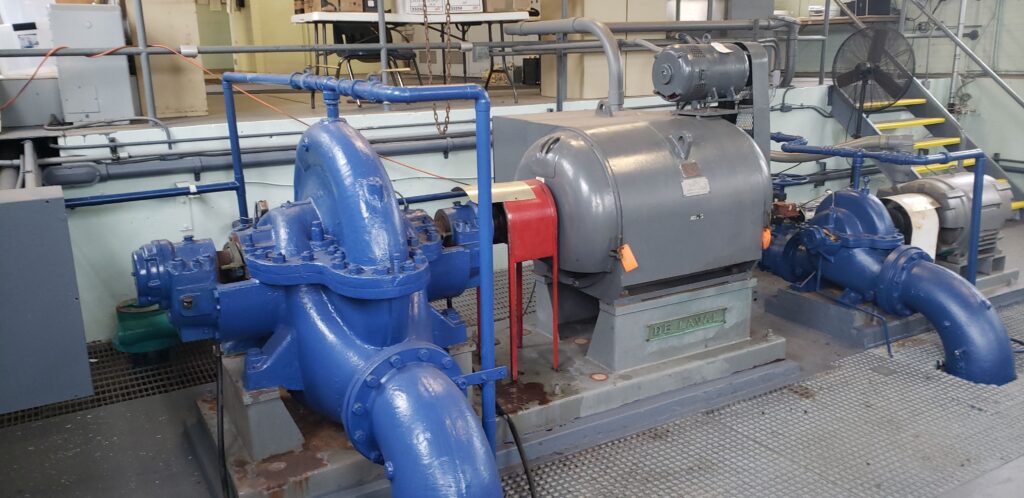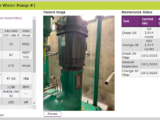Cyber Security and Your Water Treatment Facilities

Water is a critical resource for life, and its treatment and distribution are essential to ensure its availability and quality. In recent years, advances in technology have revolutionized the way water treatment plants operate, making them more efficient and effective. However, with these advances comes an increased risk of cyberattacks on the systems and infrastructure if they are not managed properly. Cybersecurity has become an essential consideration for water treatment providers to protect against potential threats that can impact the quality and availability of our water supply.
Cybersecurity threats in water treatment plants can come in various forms, such as hacking, malware, ransomware, and phishing attacks. These types of cyberattacks can cause significant damage to water treatment systems, including disruption of the water supply, damage to the infrastructure, and even contamination of the water supply. These risks highlight the importance of implementing robust cybersecurity measures to safeguard water treatment plants.
One significant vulnerability of water treatment plants is when the Supervisory Control and Data Acquisition (SCADA) system is accessed directly from a remote location. SCADA systems are computer-based control systems that monitor and control industrial processes. They are used in many industries, including water treatment plants, to control and monitor water treatment processes. This is fine as long as they are isolated from the outside world. However, some SCADA systems can be accessed remotely, making them susceptible to cyberattacks from outside the plant if not managed by professionals.
To protect against cyber threats, water treatment plants must implement robust cybersecurity measures, including firewalls, intrusion detection systems, and data encryption. Firewalls are essential for blocking unauthorized access to the water treatment plant’s systems and infrastructure. Intrusion detection systems can detect and alert plant operators to potential cyber threats, allowing them to take action before the system is compromised. Data encryption is another critical cybersecurity measure that can protect sensitive data, such as customer information and operational data, from being stolen or tampered with.
Humans are the weakest link in most cyber security plans. Making a key component of a water treatment plant’s cybersecurity strategy is employee training. Plant operators and employees must be educated on the risks associated with cyber threats and how to identify and respond to potential attacks. Employees should be trained on how to detect phishing emails and avoid clicking on links or downloading attachments from unknown sources. They should also be taught how to identify suspicious network activity and report it to the appropriate authorities.
Water treatment providers must also consider the importance of risk assessment and management. By conducting regular assessments of their systems and infrastructure, water treatment providers can identify potential vulnerabilities and implement strategies to mitigate those risks. Additionally, regular backups of critical data and system configurations should be performed to ensure that, in the event of a cyber attack, systems can be quickly restored.
In conclusion, water treatment providers must recognize the importance of cybersecurity in protecting their critical infrastructure and systems. The risk of cyber threats to water treatment plants is real and growing, and failure to implement appropriate cybersecurity measures can result in significant damage to the water supply and public health. By implementing robust cybersecurity measures, providing employee training, conducting regular risk assessments, and performing regular backups of critical data, water treatment providers can ensure the safety and availability of our water supply for generations to come.

